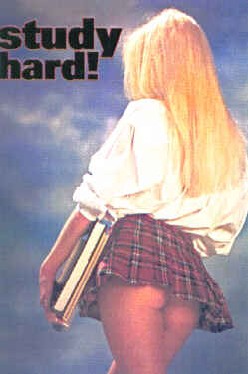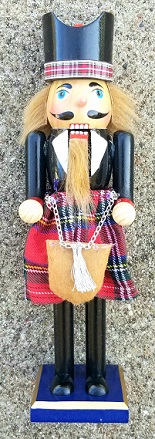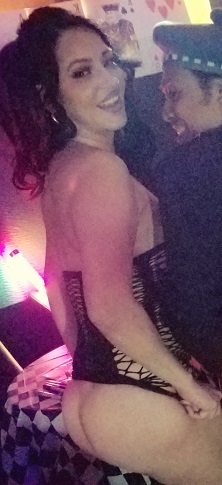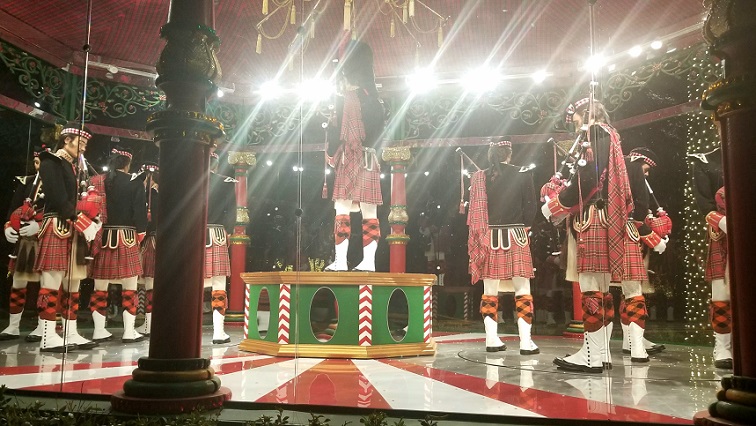Subject: gentleman
Culture: Scottish
Setting: Tartanmania / Celtic Revival
Event Photos
* Kennett 1995 p54-55
"Large numbers of Scots emigrated to America, Canada, and Australia and their descendants have returned to visit the land of their forebears and take home Highland dress to wear at Burns' Night parties, St. Andrew's Day dinners, and many other Scottish celebrations. Highland regiments, too, have taken the kilt all over the world.
* Young/Miller 2017 p45-46
"The popularity of films such as Braveheart and Rob Roy in the 1990s reconstructed the dress of the Highlanders to create a sense of macho ruggedness. The rebellious plaid of Braveheart linked into the trend for grunge fashion that was happening around the same time as the film's release. After Braveheart it became more common to see this belted plaid look at Highland gatherings, as opposed to the formal dress kilt. However, there is no evidence that belted plaid was worn before the sixteenth century, and so for a film set in 1280 it was inaccurate. As historian Sharon L. Krossa documented: 'In the thirteenth century (and the fourteenth, fifteenth and most of the sixteenth), no Scots, whether Gaels or not, wore belted plaids (let alone kilts of any kind). Further, when the Scottish Gaels did start wearing their belts outside their plaids (mantles), they did not wear them in the rather bizarre style depicted in the film.
"Mel Gibson, when interviewed in 2009, described how artistic licence was taken to construct a folk hero from limited information available at the time. 'He wasn't as nice as the character we saw up there on the screen', Gibson said of William Wallace. 'We romanticized him a bit. We shifted the balance because someone's got to be the good guy against the bad guy; that's the way stories are told'.
"Braveheart is a fantasy version of William Wallace, distorting the time frames and locations in Scotland in order to create a narrative. Although the costumes may not be historically accurate, audiences expect to see the Scottish characters wearing tartan in a film about medieval Scotland. While critics were keen to point out the factual inaccuracies, the film ignited a sense of passion within Scotland, resulting in Wallace's adoption as a representative for Scottish independence, and a statue of Wallace was raised in Stirling, which was not dissimilar to Mel Gibson's appearance in the film."
* Brander 1971 p33
"In spite of Whitehall's opposition to the kilt there is no doubt the Highlanders always made a great impression in their full dress both at home and abroad. After Waterloo, an observer in Paris wrote:
The Highlanders ... are the most martial looking of the military. They attracted the most attention, not only from the French, but from the Allies ... their tartans, bonnets and plumes were much admired ... the fine ladies as they eyed their short kilts through their lorgnettes, confided their fears to each other in whispers: 'My dear, if it should be windy!'
It was, needless to say, a Frenchwoman who first cried: 'Ils sont sans culottes!' Hence, it was as 'Les Sans Culottes' that they were known in France thereafter."
Primary Sources
* Spiers/Crang/Strickland 2012 p57
"French cartoons dating from the allied occupation of Paris after Napoleon had been exiled to St. Helena show Parisian ladies swooning as kilted Highlanders, practising their drills, show far too much leg and, no doubt, other things besides."
Secondary Sources
*
Field Notes



